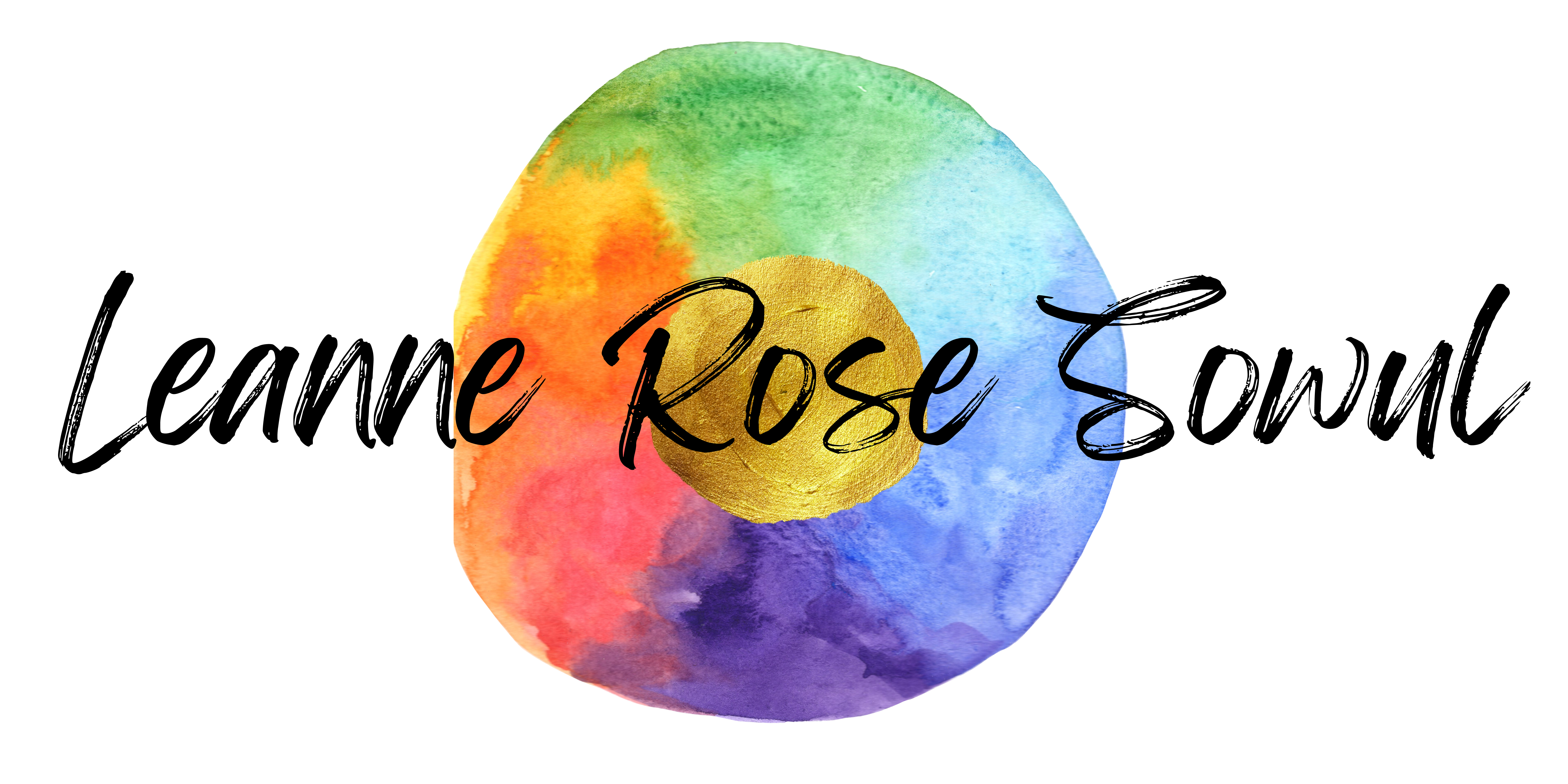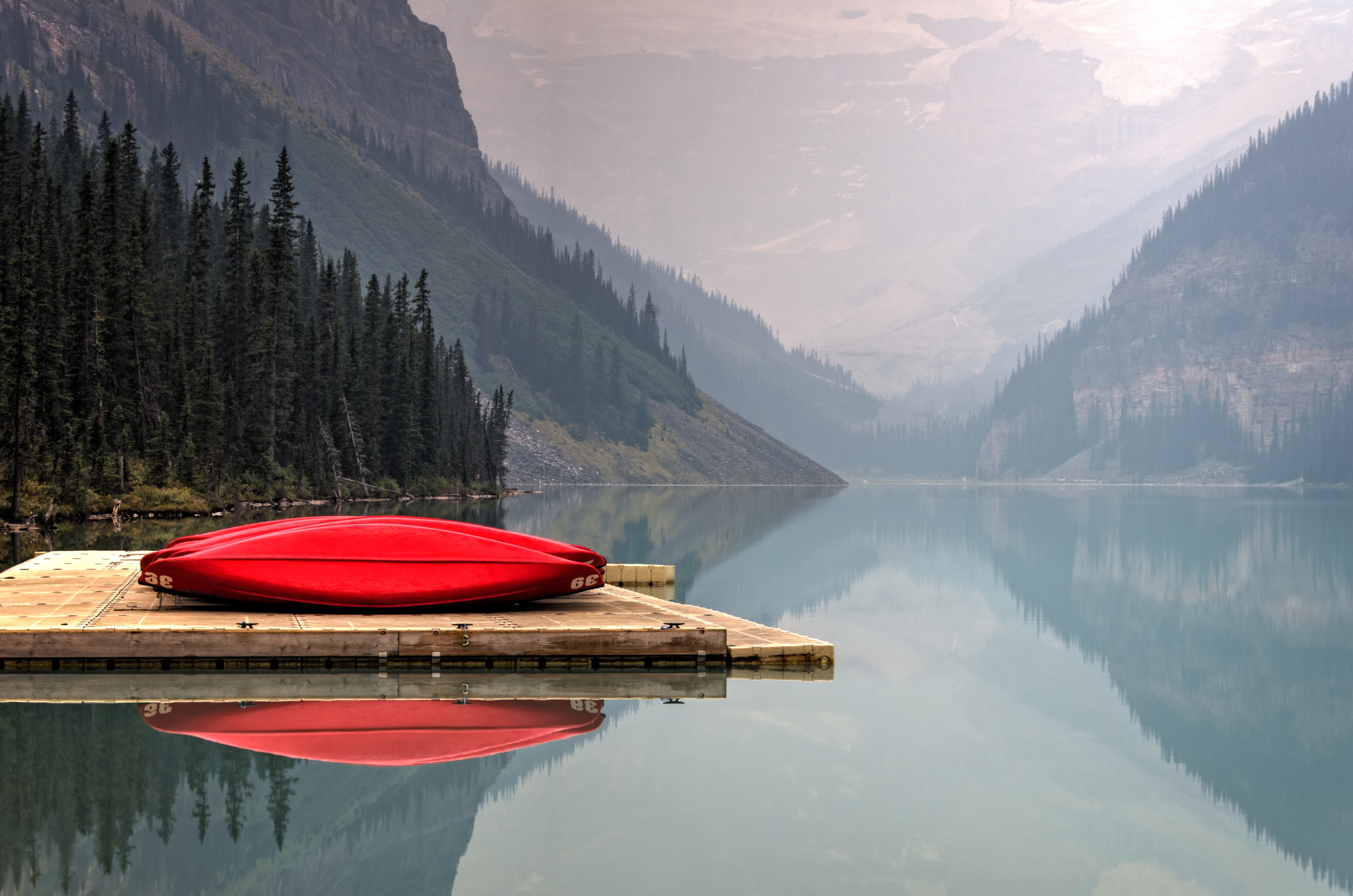Earlier in the summer, I got a comment on a blog post from Marie who said she was starting a blog and asked for some tips. I gave her a few ideas in the comments section, but I realized the question was perfect for a full-length post. As I approach my 5 year blog-aversary, with over 500 blog posts under my belt (including guest posts and the CP) I’m happy to share what I’ve learned.
Why start a blog?
The media has been proclaiming the death of blogs for years, but in 2016, they’re more popular than ever: if you type “How to start a…” into a Google search engine, the very first prompt is “How to start a blog.” Blogs are the best form of social media. You’re able to express yourself and/or your brand to the fullest without worrying about word count or content getting flagged by the social media overlords. It’s your own little corner of the internet universe that you can design and decorate yourself, then invite people to visit.
What’s the first thing I need to do?
Choose a topic that’s “generally specific.” You want something you can spin into a large number of post ideas, but it should also be distinctive from all the other blogs on your topic. It should be immediately clear to readers what the blog is about. Think of it as a book: does anyone ever pick up a book blindly, without reading the jacket or the online reviews? Visitors to your blog want to know what it’s all about. I’ve learned this lesson the hard way, but luckily, I was able to reincarnate “Words From The Sowul” twice without losing readership. Which brings me to my second point: if you don’t have a specific topic, at least have a clear point of view or a compelling voice.
How do I set up a website?
This is a bigger question than I have space for in this post, but I wanted to touch on it briefly. Your main decision is whether to self-host or develop a blog that’s attached to a bigger host, like Blogger or WordPress. The attached blog is going to be much cheaper, but you won’t have your own domain name, and design options are limited. Self-hosting is more expensive (you have to pay for hosting and the domain itself for a start, and design services if you don’t want to design the site yourself) but you can still get started for just a few hundred dollars. That’s a pretty low investment to own your personal corner of the internet. However, if you’re not sure about the future of your blog, go ahead and try attached hosting. You can always change your mind. I started off with a blogspot address, then bought “leannesowul.com” two years later, and I was able to move all my posts over to the new site with surprisingly little effort (it only required installing a plugin).
If you do decide to self-host, I recommend Bluehost for purchasing hosting and site security; WordPress for creating the blog; and finding a local design team to get your project started with a theme, a logo, and plugins that will maximize security and SEO (search engine optimization).
How do I write a post?
Every blogger has her own system, but mine goes like this:
- Generate ideas. During a planning session (about once a month), I come up with a list of ideas for post topics. I write them into my Calendar plugin, one of my favorite plugins that allows me to see the blog schedule at a glance. For each one, I’ll include a couple of notes on where the topic might go. In the past, I’ve also had some recurring posts, such as “What I’m working on” or book review posts, and that makes it easier to fill the calendar. I’ve also had some very successful month-long series on a specific topic.
- Prep the post. The day before I’m going to write the post, I often take just two minutes and do a rough outline of what I want to say. That gives me confidence for when I sit down and write it out.
- Write the post. Then edit it. I read through a few times, including at least once in “preview” mode, so I can see what my audience sees. If I’m not sure about it, I let it sit for a day so I can read once more with fresh eyes. Most of what I’ve learned about how to structure a post comes from reading other bloggers whose styles I admire.
- Include a picture. Everyone loves a visual. But be careful: you can’t just search for an image and insert it without worrying about copyright infringement. I get my images one of three ways. I’ve signed up for free photos from Unsplash.com, and I get a package of them in my email once a week. They’re beautiful and high-quality. If I want something more specific, I do a Google image search, but I go into “Advanced settings” and choose “Free to use, share or modify.” That way I’m only sifting through the images that are approved for blog use. On rare occasions I take the picture myself. I often edit the image using PicMonkey, a free and easy photo editing site. This all sounds like a lot of work, but it really only takes a few minutes, and it’s worth it to show your readers a professional-looking image.
- Configure my SEO plugin with keywords, descriptions and whatever else it recommends.
- Schedule the post.
- Promote it on social media.
Want an example of a gorgeous, free picture I got from Unsplash?
If anyone is interested in starting a blog and would like more specific advice, I’d be happy to help! Just comment on this post. I’d also love to hear how other bloggers handle their blog schedule, and their favorite blogging tips.



I had never heard of Unsplash before! Thanks for mentioning it, Leanne. I’m going to sign up for a free account right now.
Also, a huge YES to PicMonkey. That’s what I use for creating my blog post banners and quote images. I’ve tried using other image-editing programs (both free and paid) before, and PicMonkey is the only one I’ve managed to figure out (and be happy with the images I “create”).
PicMonkey is awesome! And you’re going to like Unsplash. Lots of options and all high-quality.